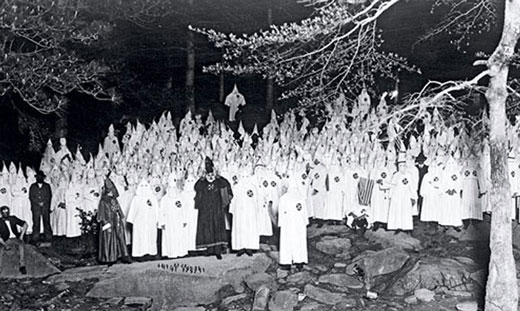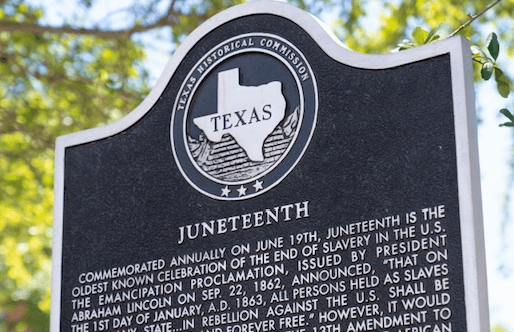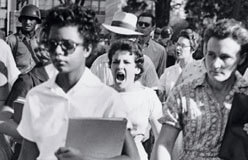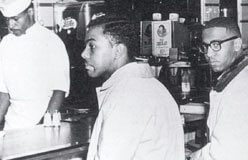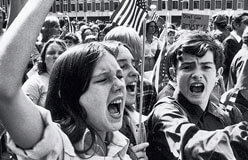During the Civil War, President Abraham Lincoln signed the Emancipation Proclamation in 1863.
It freed slaves in the southern states still at war. In 1865, the 13th Amendment to the Constitution ended slavery in the rest of the country. The 14th Amendment in 1868 gave citizenship to African Americans. And the 15th Amendment in 1870 gave African American men the right to vote. The Civil Rights Act of 1875 said African Americans could not be kept out of public places like hotels and theaters. For a while, these laws helped African Americans. But the laws were ignored more and more. Segregation became the unwritten law of the land.
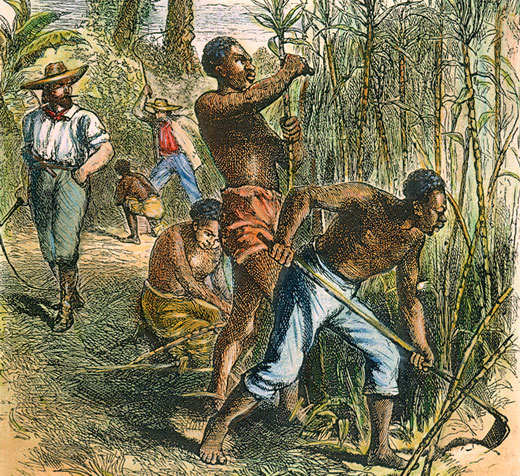
▲ How did slave owners excuse their cruel treatment of enslaved persons? They had to convince themselves that slaves were less human than they were. The idea of white supremacy had no basis in reality. Yet it became the reason for segregation after the Civil War.
The period after the Civil War is called Reconstruction. Federal troops took over the South to protect the rights of newly freed enslaved persons. From Reconstruction until 1901, African American voters and their allies sent 22 African Americans to the U.S. Congress. Some had successful businesses and farms. But the government gave former enslaved persons no financial help. Without that, most had little hope of making more money. Pictured are freed slaves studying at a Freedman’s School in Charleston, South Carolina. ▼
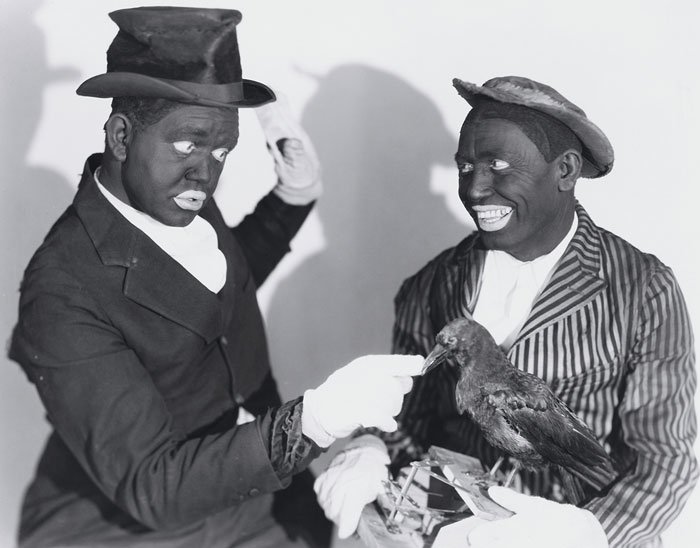
◀ By 1877, the U.S. government had taken its troops out of the South. It left freed African Americans to be ruled by former slave owners. Southern states passed what became known as Jim Crow laws. These laws supported segregation and took away African Americans’ right to vote. “Jim Crow” probably referred to a song-and-dance routine done by a white singer in black face paint. The song and dance made fun of African Americans.
After the Civil War, white supremacists used mob violence. Members of these groups lied about African Americans committing crimes. Black people were lynched, or illegally executed. Usually that was done by hanging them. Racial terrorist groups, including the Ku Klux Klan, still exist today. The Klan was behind killings and bombings during the civil rights era. ▶
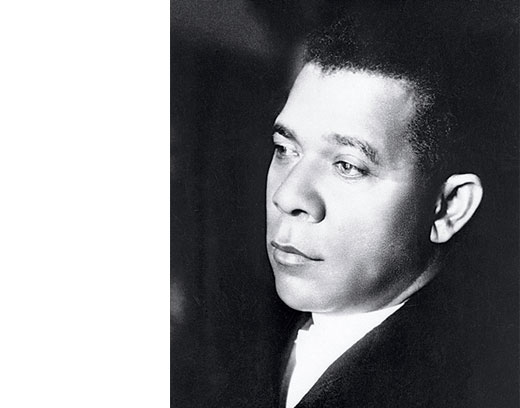
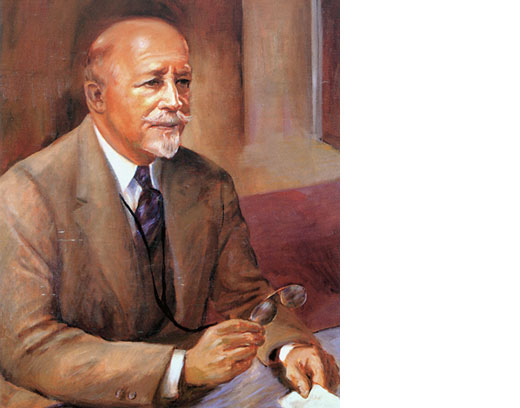
▲ Two famous African American leaders had very different ideas about segregation. Booker T. Washington (1856–1915), above left, was born into slavery. He founded Tuskegee University in Alabama. He thought African Americans should accept segregation and work to make the best of their place in society. W.E.B. DuBois (1868–1963), above right, was born in the North. He believed that African Americans should demand equality in all parts of life. In 1909, DuBois helped form the National Association for the Advancement of Colored People. The NAACP was one of the first civil rights organizations.

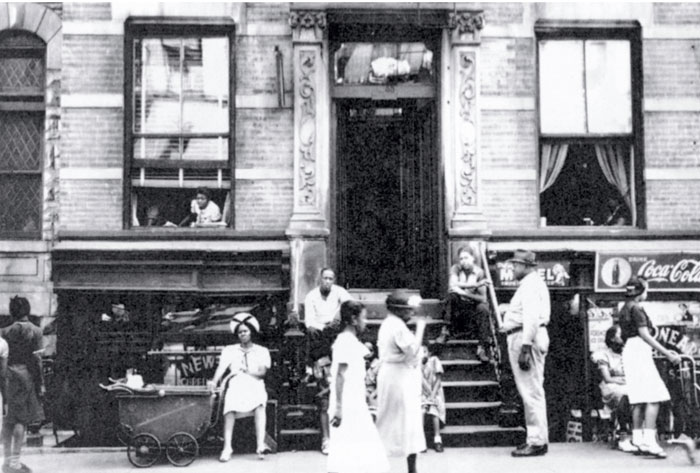
▲ Over the years, many African Americans went North to find work. Most ended up living in crowded inner-city neighborhoods. They worked at low-paying jobs and didn’t have many chances to get ahead. Segregation wasn’t the law in the North, but it happened. White home buyers were sometimes asked to sign racial “restrictive covenants.” Those were agreements that said they would not resell their homes to African Americans. Segregated housing meant that churches, schools, and other local institutions were also separate. Where African Americans were not segregated, they were often simply refused certain jobs. They weren’t allowed to enter restaurants and other public buildings.

